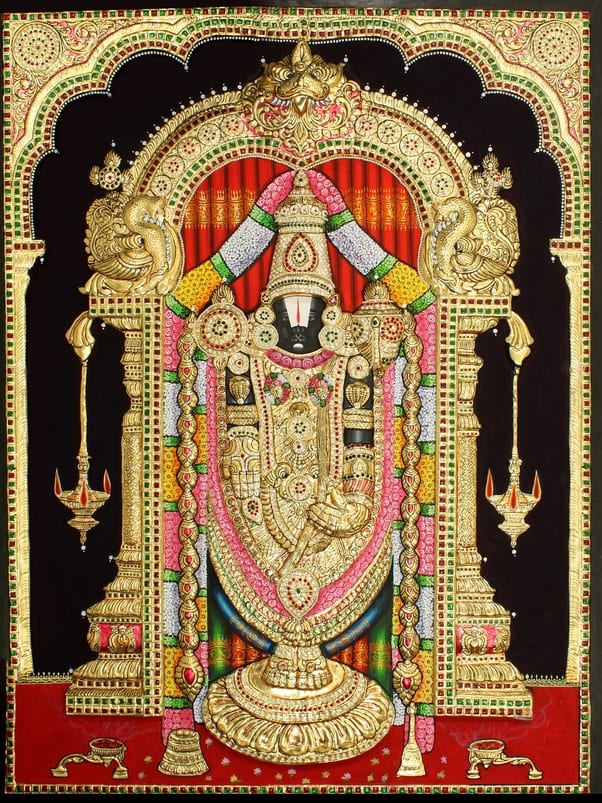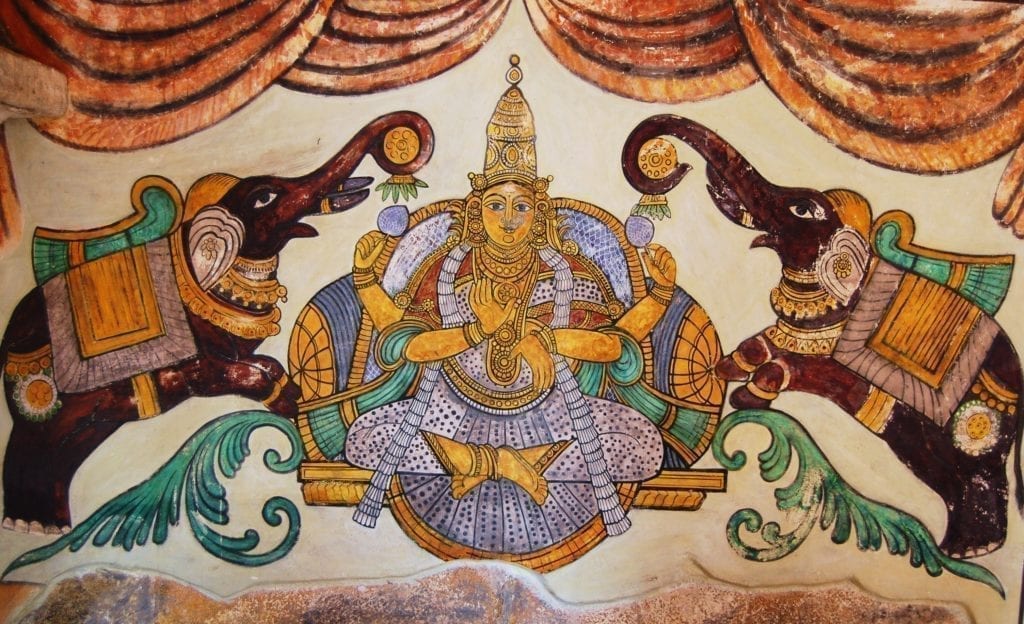Arts & Culture
Thanjavur Painting: A Traditional Form of Art

Thanjavur style of painting is one of the most popular and classical among all the South Indian painting forms. It is a native art of Thanjavur, which is also known as Tanjore in Tamil Nadu. The inspiration of this great southern art form traces back to around 1600 AD. Their dense artistic work along with their vibrant color and rich surface make these Thanjavur paintings distinguishable from the other forms of Indian paintings.
Origin of the Classic Art Form
Thanjavur paintings were first introduced by the Chola Dynasty in the 16th century. This was also a period, during which the Nayakas of Thanjavur under the reign of the Vijayanagara Rayas encouraged art which primarily included, classical dance and music as well as literature in Telugu and Tamil and paintings of the Hindu religious subjects in the temples.

However, according to some experts, it is surmised that Thanjavur paintings originated in the Maratha court of Thanjavur (1676 – 1855).
Making of Thanjavur Art
The first step out of the several steps involved in the making of a Tanjore Painting is the drawing of the preliminary sketch of the images on the surface of the canvas. The canvas for the painting is made up of a wooden base over which a cloth is pasted firmly. Then the second step involves the mixing of zinc oxide or the chalk powder with a water-soluble adhesive, which is then applied on the base. Next, the drawing is filled and ornamented with pearls, cut glass, and other semi-precious stones.

In some cases, the use of laces or threads are made for decorating the painting. Furthermore, wafer-thin sheets of gold are pasted on some parts of the painting, while the other parts are painted in vibrant color combinations.
The Journey of Thanjavur art in the Modern Era
In 2007-08, Thanjavur paintings were recognized as a Geographical indication by the Government of India. The great art style of Thanjavur continues to be practiced till date, though the virtuosity and rigor of the Indian paintings are under-appreciated in the present day. Artists have taken this conventional form of art and over the years blended it with modern styles in order to create mixed media arts.

Today, Thanjavur art is also used on mirrors, glasses, and canvases. The idea of decorating the traditional art of Thanjavur with gold foil was unique; therefore the same style is now taken and recreated on other mediums these days.





























